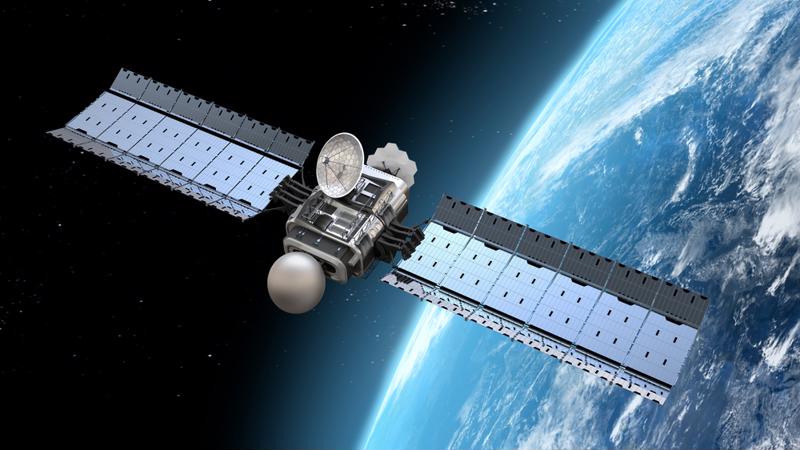
The challenges of broadcasting live events in freezing conditions
By Max BurkhalterFebruary 9, 2018
Major outdoor events can occur in any populated area of the planet. In Asia, where a massive winter sporting event is being held, the temperature was a frigid 11 degrees Fahrenheit or roughly -12 degrees Celsius at its highest, Accuweather reported. This extreme cold creates a plethora of problems from athlete health to facility water management to successful broadcast operations. Most technical hardware has problems in colder temperatures, especially when moisture like snow and ice may also be involved.
According to Computer Hope, most PCs can only operate in conditions as low as -5 degrees Celsius before they should be moved to a warmer climate. While servers can typically handle lower temperatures, they are best kept at a consistency that the winter months do not always provide. Of course, these devices are among the easier to keep functional as they can be operated indoors.
Outdoor events, by definition, require hardware that is going to be exposed to the elements. Not just in the sense of cameras but in transmitting and processing equipment. This style of event can be a big draw, in some cases broadcasting data all over the world. All hardware involved must function at peak efficiency in order to maintain consistent quality.
In addition, events set outside the stadium tend to be larger and more spread out. This means more cables to properly strengthen the network, reinforced wires that also need to withstand the cold and keep out the moisture.
All of these problems aren't impossible to solve but they do present challenges that require the right hardware.

Bridging data transmission
When it comes to connecting the camera to the server, organizations have several different options. Remember that the primary goal is to transmit quality audio and visual data. Audio standards take advantage of a multi-channel audio digital interface, which can carry as many as 64 different high-quality audio channels.
This transmission can be carried over fiber or coaxial cable lines, however many public buildings are not wired to accommodate every kind of connection. In the past, Perle has used multimode to single mode converters to ensure that that signal can be properly converted and broadcasted. The benefit is that this still allows for various audio tracks to be captured and transmitted simultaneously. This is especially useful in an event that is being covered by multiple broadcasters, even in various languages.
At the end of signal capture, the data is typically fed to a satellite to help broadcast it around the world. Unless the orbiting projectile happens to be overhead or relatively close during the entire event, this can lead to challenges. In order to stream data with quality, a satellite amplifier is usually brought in to boost the signal. This device then too becomes part of a hardware network, one that works best with stable, quality data being transmitted through it. Rather than bombard the satellite with data at all times, switches are used to quickly alert the device when it does and doesn't need to broadcast.

Industrial grade equipment
That said, not every switch is going to work, especially in freezing temperatures. Industrial quality Ethernet switches are designed to weather shocks, vibrations and freezing conditions. This set of hardware has been built to operate at peak performance, even when the temperature drops to -40 degrees Celsius. Quality of parts matters here as a failure means a break in broadcasting and millions of disappointed viewers.
As broadcasters continue to seek methods to beat the weather with advanced, dependable network infrastructure hardware, decision-makers will need to review their investment strategy to ensure they are buying the right devices. Perle provides the hardware to enable continued performance in adverse conditions. Connect with us today to learn more about how we can help supply your organization with dependable, quality equipment that is guaranteed to work in extreme climates.



